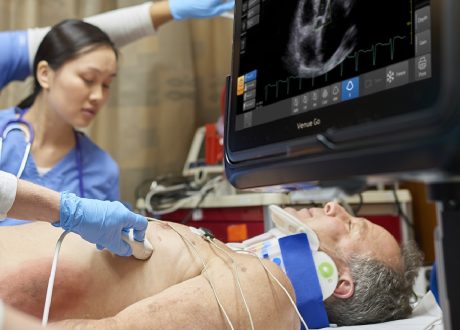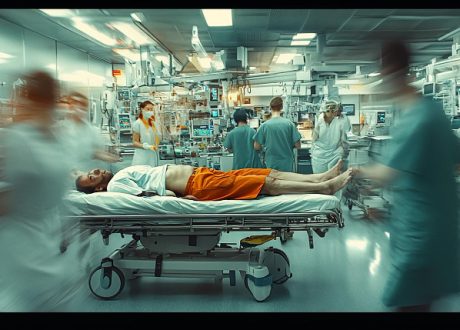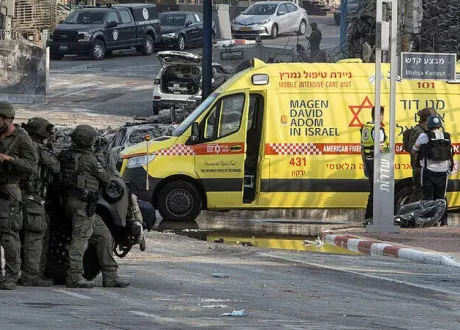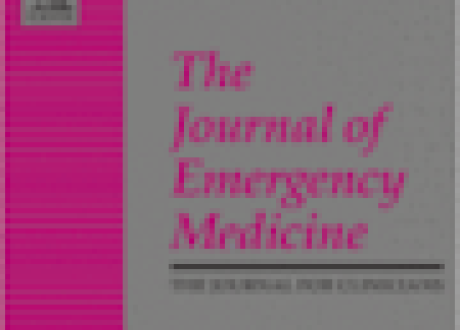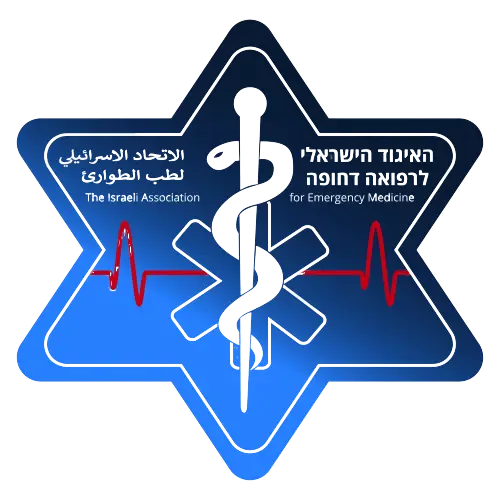Written by Vivian Lei
![]()
Information gathered from post-mortem CT shows that fatal injury patterns in blunt trauma are similar for those who die prior to ED arrival vs. after arrival. The frequent identification of unevacuated pneumothorax and endotracheal tube misplacement suggests that mandatory surgical chest decompression and tube placement confirmation should always be performed on blunt trauma arrest patients.
Why does this matter?
While formal autopsy rates in trauma patients have declined, post-mortem computed tomography (PMCT) can provide insight into the primary cause of death and potentially intervenable injury patterns in blunt trauma patients.
Autopsy by CT
This was a single-center retrospective cohort review of blunt trauma decedents who died at or within 1 hour of ED arrival and then underwent PMCT. Over the 9 year study period, 80 patients were included for analysis with an average ISS of 42. Of these, 62 lost pulses pre-hospital (77.5%) and 18 lost pulses in the trauma bay (22.5%). The most common mortal injuries were traumatic brain injury (40%), cervical spine injury (22.5%), hemothorax (22.5%), and hemoperitoneum (22.5%). These injuries did not differ significantly for pre-hospital or in-hospital arrests. Presence of potentially mortal injuries, defined as injuries which could be addressed by prehospital providers or immediately in the trauma bay such as pneumothoraces, misplaced airway devices, or long bone fractures, also did not differ significantly with an overall rate of 57.5%. Airway device malpositioning was found in 13.7% of decedents, with esophageal intubation in 5% overall. The rate of moderate to large pneumothoraces was 36.6% overall with 18.8% that were found to be unevacuated.
PMCT is an interesting concept for guiding quality improvement in trauma resuscitation, and it appears this group at Indiana University has been performing them for some time. The study is limited by its potential for selection bias, with a relatively low sample size and limited power to detect differences between the dichotomized groups. Still, it provides a good reminder to always check the airway and surgically decompress the chest in agonal blunt trauma patients.
Source
Characterization of fatal blunt injuries using post-mortem computed tomography. J Trauma Acute Care Surg. 2023 Apr 17. doi: 10.1097/TA.0000000000004012. Online ahead of print.




